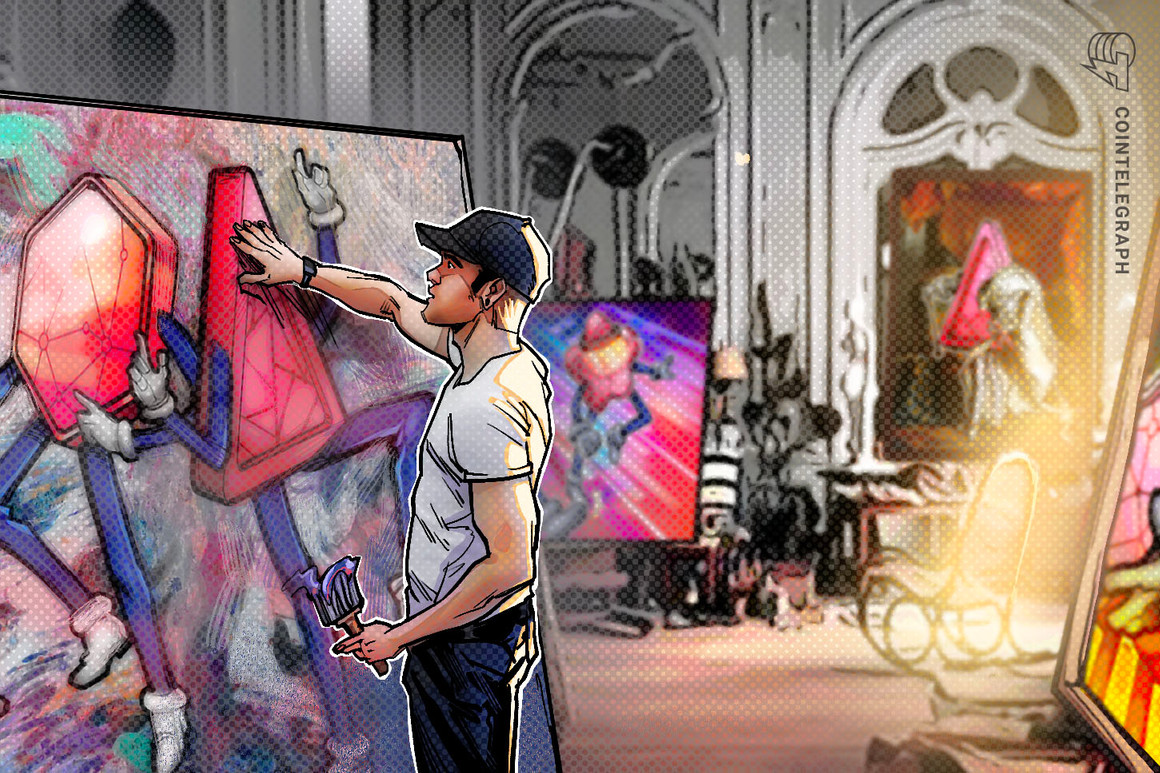There’s been a tremendous amount of hype and misinformation about nonfungible tokens (NFTs) since they appeared on the scene in 2014, particularly sin
There’s been a tremendous amount of hype and misinformation about nonfungible tokens (NFTs) since they appeared on the scene in 2014, particularly since the total market for them passed $24 billion. You can’t open a news feed without an article about nonfungible tokens popping up. These inevitably contain the obligatory “An NFT is a” paragraph for newcomers… and for readers who’ve consumed a dozen similar articles but still don’t get it. If you’re among the latter, you’ve come to the right place.

NFTs really can be important and useful, and they’re evolving to become more so. But NFT evangelists and skeptics alike tend to dumb things down, hype things up and sometimes just get things wrong. Here are a few claims you might have read about NFTs — both pro and con:
- NFTs are a scam.
- You can turn your art into an NFT to prevent it from being copied.
- NFTs are just a fad.
- Each NFT is a proof of authenticity for a “one-of-a-kind” item.
- NFTs are bad for the environment.
First, no — NFTs aren’t a scam. Scammers use email, but we don’t say email is a scam. Second, no — NFTs aren’t a fad, though whether any particular line of digital collectibles turns out to be a lasting set of cultural artifacts or a short-lived fever-dream of techno-social groupthink remains to be seen. Third, while some current blockchains have issues with energy consumption — for the moment — anyone caring about this likely doesn’t know what they’re talking about. And finally, beware of anyone that says you can turn your art into an NFT or that NFTs can prevent your art from being copied, or that they prove a work of art is an authentic “one of a kind.” This language was invented by people who know how to manipulate mass perception, and none of it is true.
Related: Entering NFTs: Understanding the environmental impact of digital collectibles
Are NFTs digital assets? Yes. Because the definition of an asset is “something regarded as having value,” an NFT is a digital asset if people are willing to purchase it. Like the art collector’s decision to buy a Monet painting — or a Maurizio Cattelan “Banana” duct-taped to a wall (for a cool $120,000) — the willingness to purchase something doesn’t need to be based on any sort of objective reality.

Here’s the thing. When an art collector buys a rotting banana duct-taped to a wall, they know it’s a banana duct-taped to a wall. So if you’re going to buy a digital banana virtually duct-taped to a public blockchain by an NFT, it’s best to have a clear-eyed understanding of what you are — and are not — getting for your money.
This is usually the point where you get to read all about nonfungibility. Boil away the jargon, and an NFT is simply a record of something: a claim of ownership, a time-stamped transaction receipt, an agreement. Just as we agree that only the holder of the ticket to Seat 24A of a sporting event gets to sit there, we agree that NFTs aren’t universally interchangeable. And we agree that there are (or should be) no duplicate records that make the same claims about the same thing. That’s all that “nonfungible” is about.
The value of NFTs
What’s important to understand about NFTs is how they become valuable. Unlike a cryptocurrency such as Bitcoin (BTC) or Ether (ETH), an NFT usually gets its value from its claim over something that isn’t controlled by the blockchain itself: a digital picture file, the deed to a house, an entrance pass to an exclusive club. Consequently, the owner of an NFT must grapple with the tenuous relationship between the record of ownership on the blockchain and the thing they supposedly own, which is not on the blockchain.
Consider this: Would you buy an NFT just for itself, a record on the blockchain with just a unique string of data, without any reference to a digital or real-world asset? Not interested? What if we told you it was one-of-a-kind, or that Beyoncé once owned it, or that others are lining up to buy it for more soon?
What do you own when you “own” an NFT? Nearly all legal descriptions of ownership involve the concepts of possession and control over something. If an NFT is used as a ticket to seat 24A, then you possess the agreed-upon right to sit in that seat. Nobody else gets to sit there, and if someone tries, you get to wave your ticket at them and tell them to bugger off.
In the case of an NFT representing a digital work of art, things get tricky. In this case, the NFT typically contains a link to a public media file on the internet, a file that can be accessed and copied by anyone. At least with physical art, it’s hard to make forgeries. But in the world of 1s and 0s, it’s trivial to make perfect replicas. Consequently, the only thing you can possess and control in this case is the transaction receipt itself: Only you can decide to convince someone else to pay you money to write their ID into the owner field of the NFT record. But what is that worth? You don’t…
cointelegraph.com
